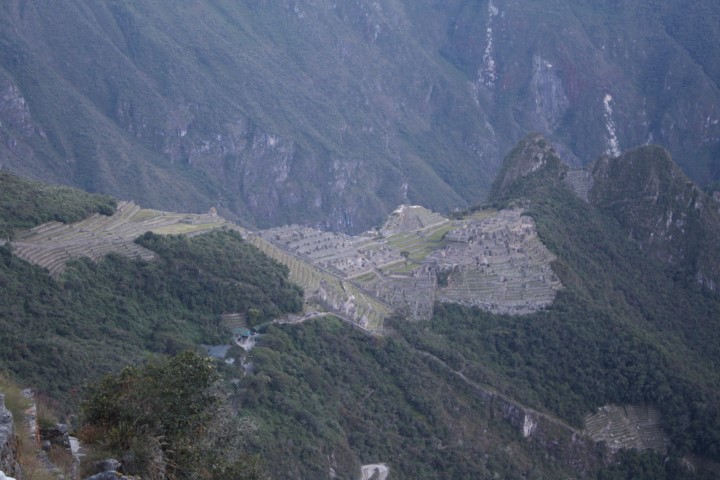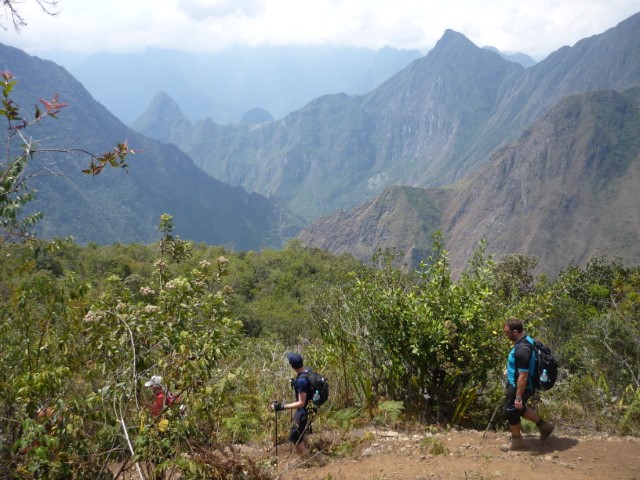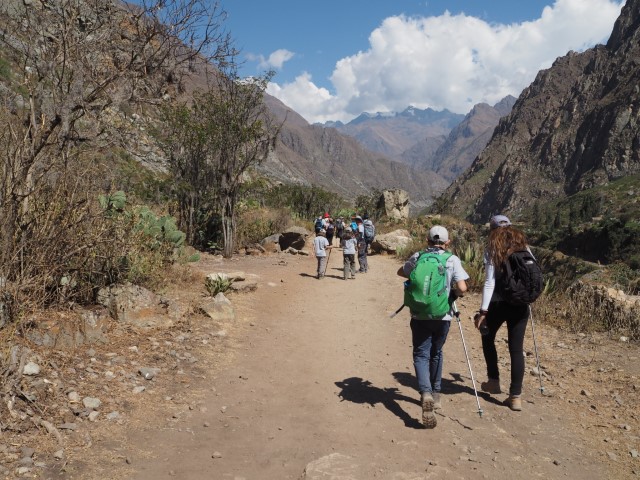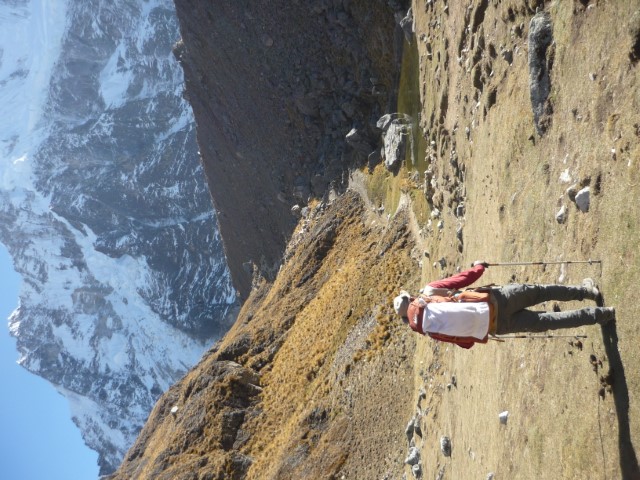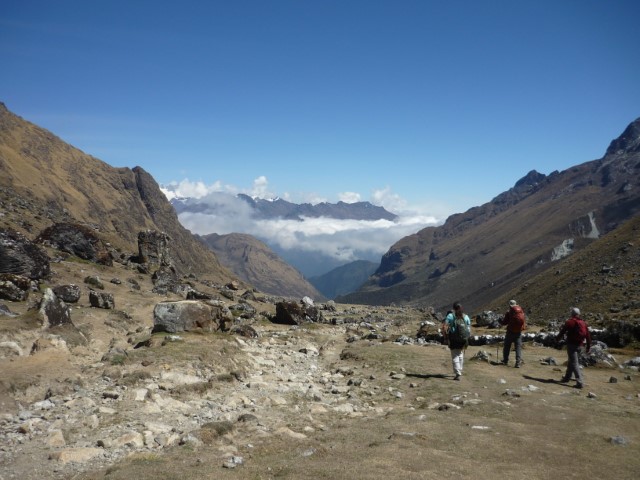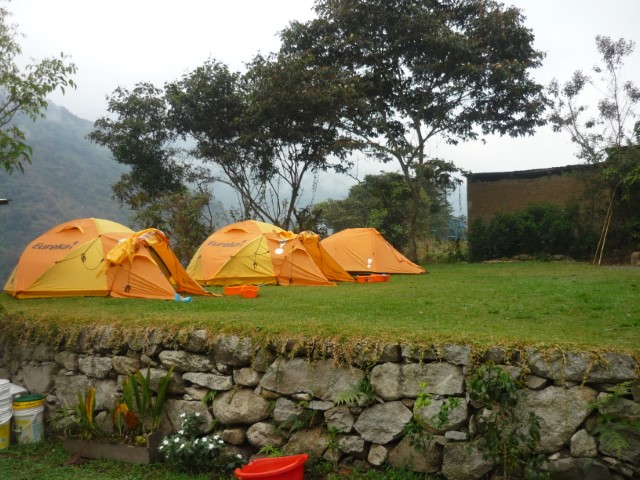-
Latin America
Latin America
- Countries (hidden space)
- Galapagos & Ecuador
- Guatemala
- Mexico
- Panama
- Peru
- Popular Attractions
- Machu Picchu
- Inca Trail
- Easter Island
- Galapagos Islands
- Patagonia
- Rio de Janeiro
- Iguazu Falls
-
Africa
Africa
- Spacer Africa
- South Africa
- Zimbabwe
- Popular Attractions
- Cape Town
- Okavango Delta
- Sossusvlei Dunes
- Victoria Falls
- The Kruger
- The Garden Route
- Masai Mara
-
Asia
Asia
- Spacer Asia
- Laos
- Sri Lanka
- Uzbekistan
- Vietnam
- Popular Attractions
- Taj Mahal
- Lion Rock (Sigiriya)
- Angkor Wat
- Ha Long Bay
- Kyoto
- Europe & Middle East
-
Destinations
- Latin America
- Argentina
- Bolivia
- Brazil
- Chile
- Colombia
- Costa Rica
- Galapagos & Ecuador
- Guatemala
- Mexico
- Panama
- Peru
- Asia
- Cambodia
- India
- Japan
- Laos
- Sri Lanka
- Uzbekistan
- Vietnam
- Middle East
- Jordan
- Southern & East Africa
- Botswana
- Kenya
- Namibia
- South Africa
- Zimbabwe
- Europe
- Slovenia
- All Holiday Destinations
- Contact Us
-
About
About
Llama Travel provides high quality holidays at the lowest possible prices.
99% recommend us Lower prices - guaranteed Financially protected by ATOL
Inca Trail vs Salkantay Trail
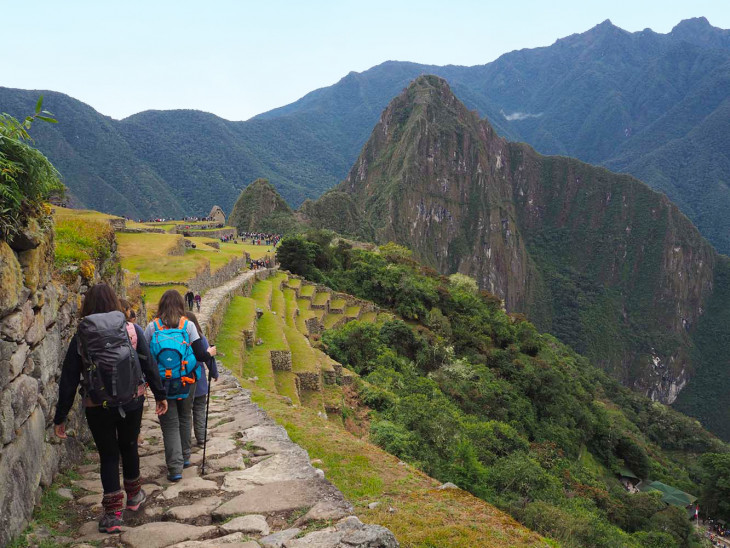
Perhaps one of the most famous and iconic of all sites in Latin America is the fabled Lost City of the Incas Machu Picchu. The citadel which was the final bastion of the Incas and remained hidden atop an Andean peak shrouded in dense jungle foliage from the ground and thick clouds from above. Because of the tactical positioning of the city it was never discovered by the invading European conquistadors and, as such, remained intact for centuries until its ‘rediscovery’ by Hiram Bingham in 1911.
Unsurprisingly, the ancient city of the Incas has become a key focal point for those travelling to Peru with various possibilities of reaching the site open to tourists ranging from luxurious train journeys to five day trekking options. Arguably the most adventurous way of visiting Machu Picchu is by foot and this blog will discuss the differences between two options; the famous Inca Trail and the alternative Salkantay Trail.
The classic Inca Trail, famous for being part of the Royal Road system that linked the vast Inca Empire, lets trekkers walk in the footsteps of the Incas and holds a sacred significance to the Incan culture and its traditions.
Conversely, the more remote Salkantay Trail holds less historical or archaeological significance but instead boasts dramatic landscapes and offers solitude away from the larger crowds of the Inca Trail and abundant wildlife opportunities.
Scenery
Both routes are spectacular in their own rights and will create lasting memories, however they each have their own unique characteristics.
The classic Inca Trail passes through ancient Inca sites and ruins such as Llactapata, Sayaqmarka, Phuyupatamarca not mentioning the clear highlights of the terraces of Winay Wayna and the final arrival at Machu Picchu through the Sun Gate (pictured below).
The Salkantay is more focused on the natural beauty of the landscape which changes dramatically during the hike. Once the Salkantay Pass has been scaled often with snow or frost underfoot the walk will then descend through cloud forest, winding valleys and sub-tropical forests. As the Salkantay is less crowded it often feels that the environment is shared by the group and no-one else. Due to this there is a greater chance of viewing some of the amazing wildlife of the region with some groups being lucky enough to see wild deer, chinchillas, condors, hummingbirds and spectacled bears.
It is worth noting that you do not walk into the site of Machu Picchu on the Salkantay Trek. Instead, the walk finishes in the town of Aguas Calientes on Day 4 where a night is spent in one of our preferred hotels. The following morning a shuttle bus is taken to the gates of Machu Picchu for a guided tour.
Difficulty
To compete a hike to Machu Picchu you must be in good shape and as both options take you over 13,000 feet it is essential to adequately acclimatise before. We arrange all of our tours to include at least three nights in the city of Cusco and the surrounding region to allow this to take place.
The Inca Trail covers a total distance of 26 miles over four days and reaches a maximum altitude of approximately 13,800 feet. Most days will require 6-9 hours of walking with the most arduous being Day 2 with the climb over Dead Woman’s Pass – the highest point of the trail.
In comparison, the Salkantay Trail is almost double that of the Inca Trail coming in at 46 miles and reaching an altitude of 15,000 feet. It is completed over a course of five days and feature more rugged, steeper and colder terrain.
Taking these above factors in to consideration the Inca Trail is typically described as a moderate effort and the Salkantay a more strenuous challenge.
Flexibility and Availability
The Inca Trail is currently limited to a total of 500 permits per day (to include tourists, guides and porters) which must be booked in advance – we recommend at least 6-12 months prior to travel. Permits must be booked with the individuals’ passport information and must be paid for upfront. Permits are non-refundable and non-transferable.
The Salkantay Trail on the other hand does not require a permit and, therefore, can be booked much closer to your intended travel date. Furthermore, the trail has no restrictions on tourist numbers with daily hikers averaging approximately 50 per day including porters and guides.
Facilities
Both the Inca Trail and Salkantay Trail involve camping at designated campsites. All equipment is provided and is specifically designed for the particular environments that each trail traverses. Included is a tent, a sleeping bag, a sleeping bag liner for the chillier nights and a thermorest. Each individual is allowed to carry 7kg of belongings on each trail - which will be transferred ahead of the group by a porter - with 2 kg of this made up of your camping equipment. A day bag with essentials – such as sunscreen, water, sunglasses, extra layers, mosquito repellent, etc. – can be carried on the trails themselves.
As the Inca Trail is the more popular route option it is better equipped with the basic facilities. Bathrooms and showers are generally available at campsites and are well maintained.
The facilities throughout the Salkantay trek are much more limited. Showers are usually not an option at campsites and toilets can be rudimentary. However, on our tours warm water for cleaning will be provided at the start and end of each day for a basic wash. A portaloo is provided and set up at campsites and lunch sites for convenience.
Summary
The Inca Trail is one of the most famous hikes in the world and, as such, attracts a large number of individuals each year. Whilst you will be walking directly into Machu Picchu along paths previously used by the Inca civilisation and visiting otherwise inaccessible historical and archaeological sites en route, you will be sharing these narrow paths with a lot of other people which in some cases can cause congestion and detract from the overall experience. Click here for a day-to-day account of the Inca Trail.
The Salkantay Trail on the other hand is much quieter and features more breath-taking vistas but is better suited to those who are slightly fitter. The appeal is that it is a more authentic trek away from the crowds which allows more time to take in the ever changing scenery. There is less historical significance in this hike, however, some Inca sites are visited on the final day such as Llactapata which affords incredible glimpses of the citadel of Machu Picchu and the flanking mountains of Huayna Picchu and Machu Picchu Mountain. Click here for a day-to-day account of the Salkantay Trail.
Regardless of which option is chosen the overall experience of hiking through the varied and beautiful landscapes of Peru to one of the world’s most iconic historical sites is truly unforgettable. Whichever trail is taken you will witness incredible scenery, rich history and unique wildlife. Furthermore, you will acquire a great sense of achievement by completing either of these hikes.
If you are interested in hiking the Inca or Salkantay Trail, talk to one of our Peru experts to find out which might be the better fit for you. You can speak to one of our specialists by emailing This email address is being protected from spambots. You need JavaScript enabled to view it. or calling 020 7263 3000. You can view all of our Machu Picchu Holidays here.
Found this blog useful? Sign up to our newsletter for more holiday tips and advice!

